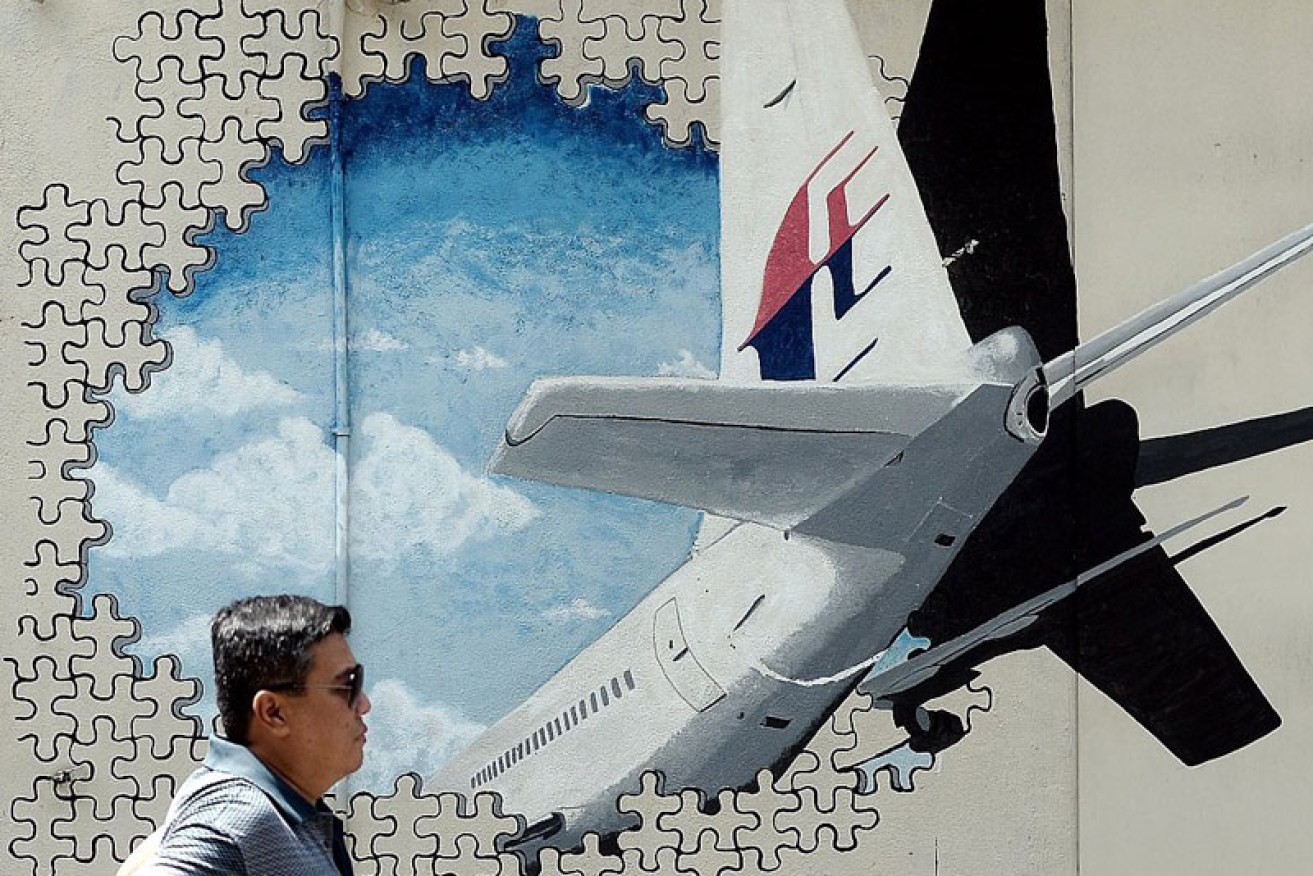New MH370 report debunks ‘controlled descent’ theory

The latest report points to the plane entering an uncontrolled dive when it ran out of fuel. Photo: Getty
Aircraft experts don’t believe missing flight MH370 was preparing for a landing or a ditching when it went down somewhere in the southern Indian Ocean off the Western Australian coast in 2014.
The Australian Transport Safety Bureau’s latest examination of outboard wing flap debris has concluded it was “most likely” not in an extended position when the plane went down.
“(It) means the aircraft wasn’t configured for a landing or a ditching —you can draw your own conclusions as to whether that means someone was in control,” search director Peter Foley told reporters in Canberra on Wednesday.
“You can never be 100 per cent, we are very reluctant to express absolute certainty.”
The ATSB search update also covers analysis of satellite data, preliminary results from drift modelling and end-of-flight simulations.
The Beijing-bound Malaysia Airlines flight disappeared with 239 passengers and crew shortly after taking off from Kuala Lumpur in March 2014.
Six Australians and 153 Chinese nationals were on board.
Authorities won’t finish scouring the final 10,000sq/km of the 120,000sq/km search zone area until January because of difficult weather conditions.
Malaysia, China and Australia agreed in July that, in the absence of credible new evidence pointing to the plane’s location, the search would be suspended after that.
A group of international and Australian experts have gathered in Canberra to review all evidence.
So far more than 20 pieces of debris have been found along the east and south coast of Africa and the east coast of Madagascar and the islands of Mauritius, Reunion and Rodrigues.
Transport Minister Darren Chester said authorities remained hopeful the aircraft would be found.
He emphasised the difficult conditions of the search zone, pointing out there were canyons and ravines four to six kilometres deep under water.
“It’s tested the limits of human engineering excellence and technical capacity,” Mr Chester said.
– AAP








